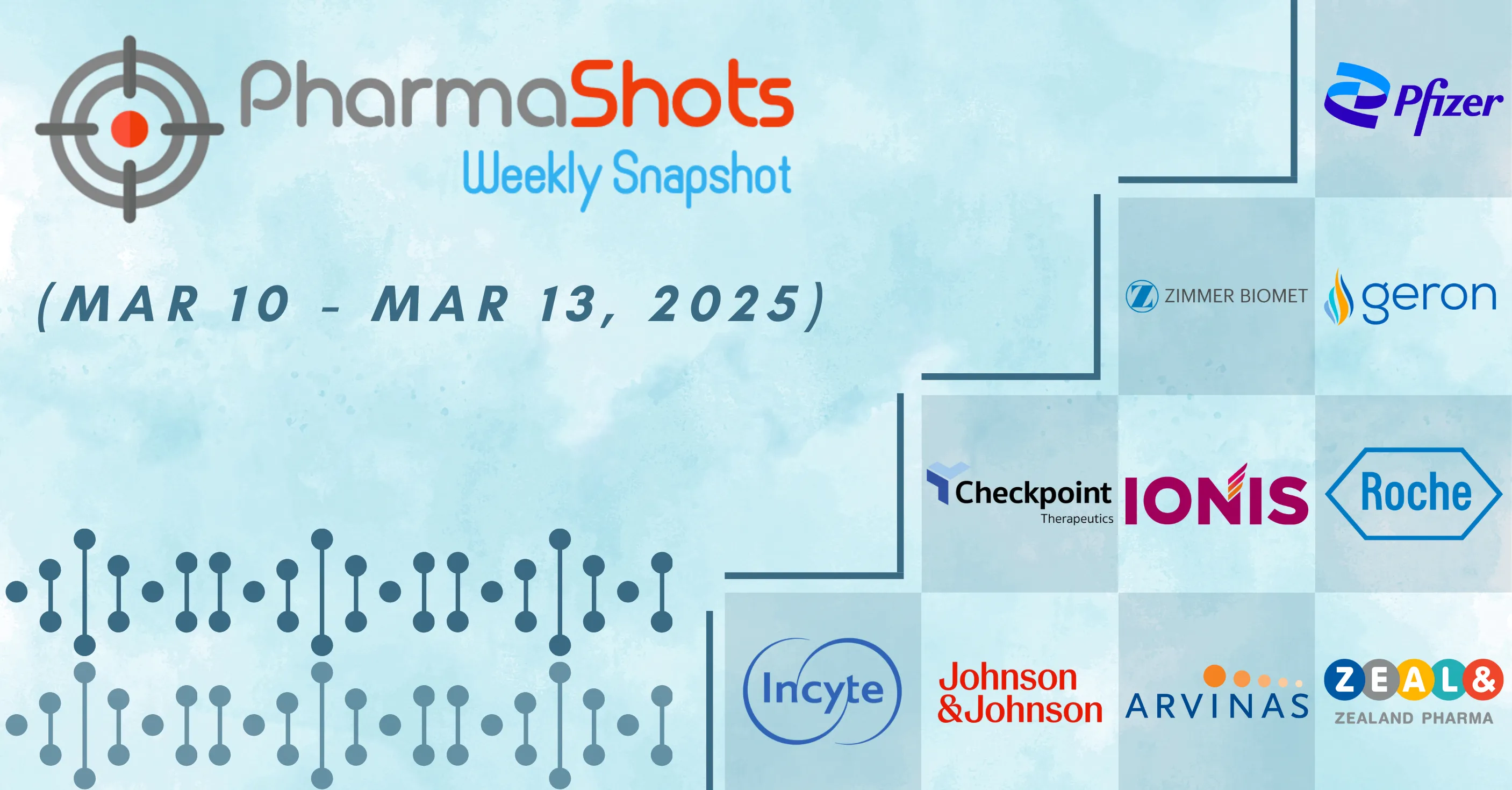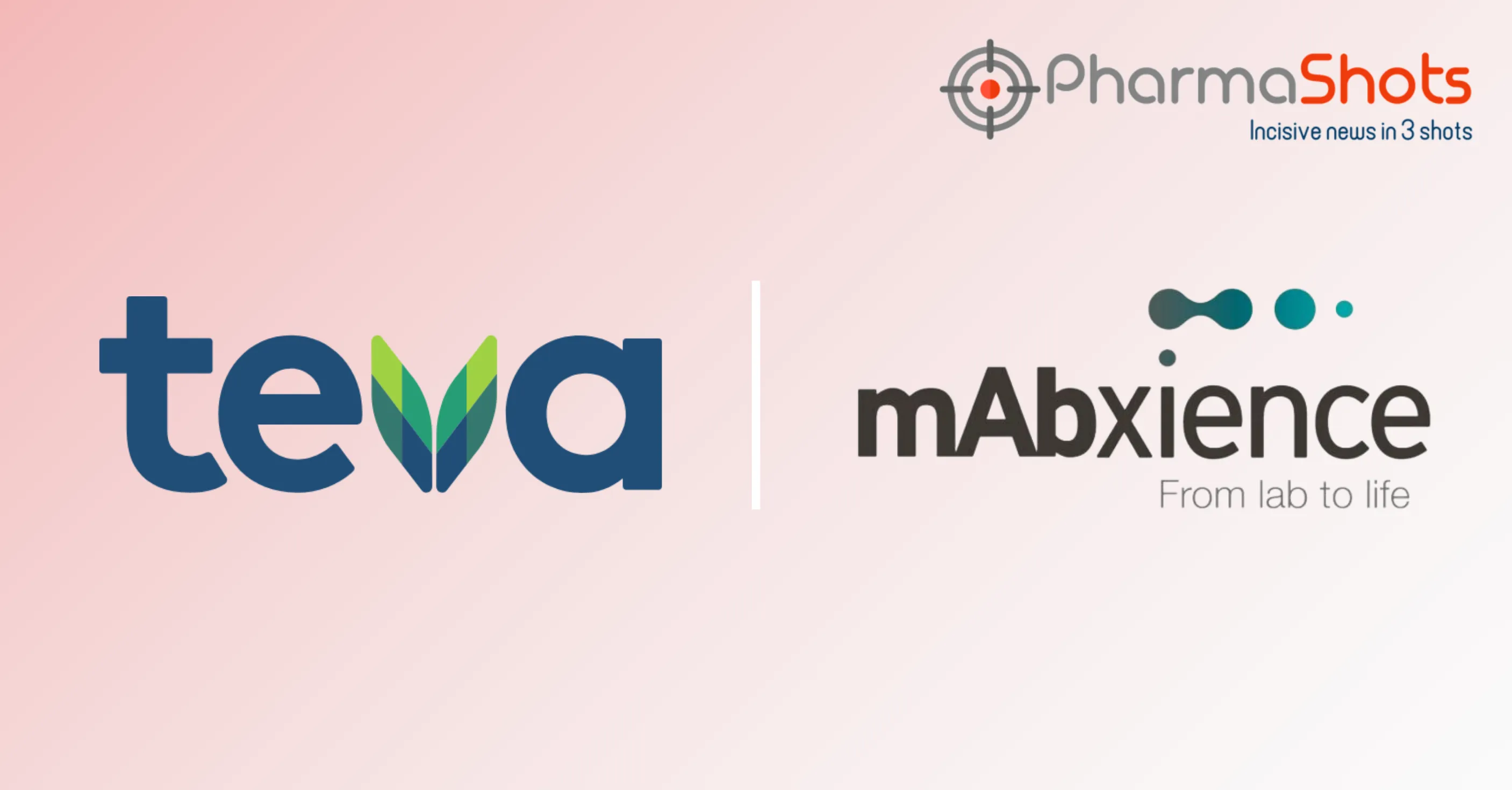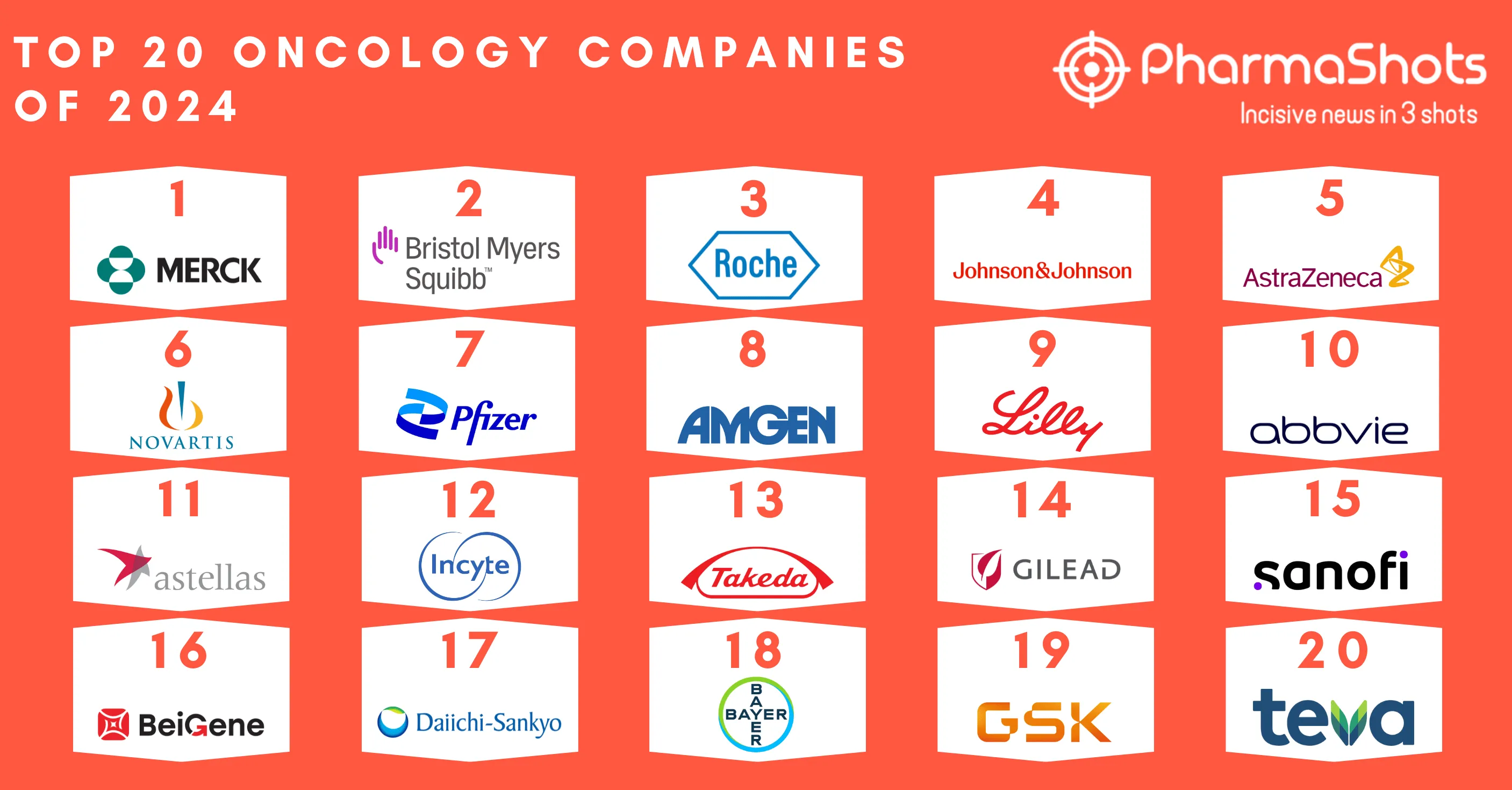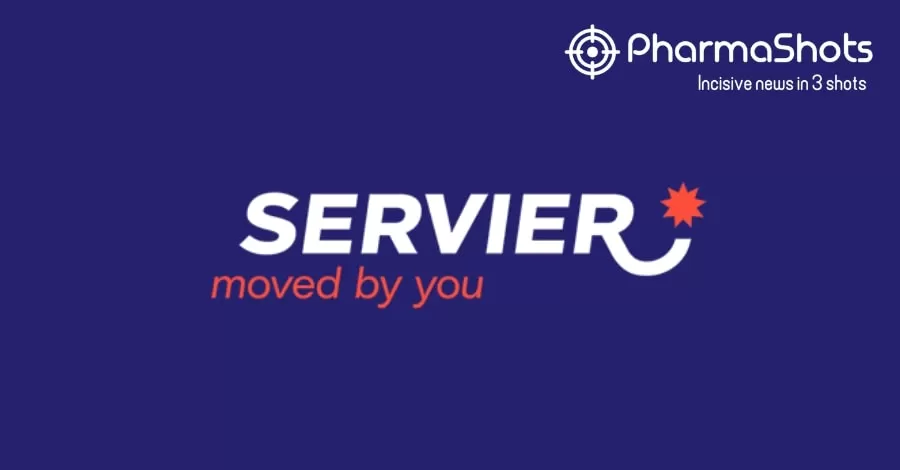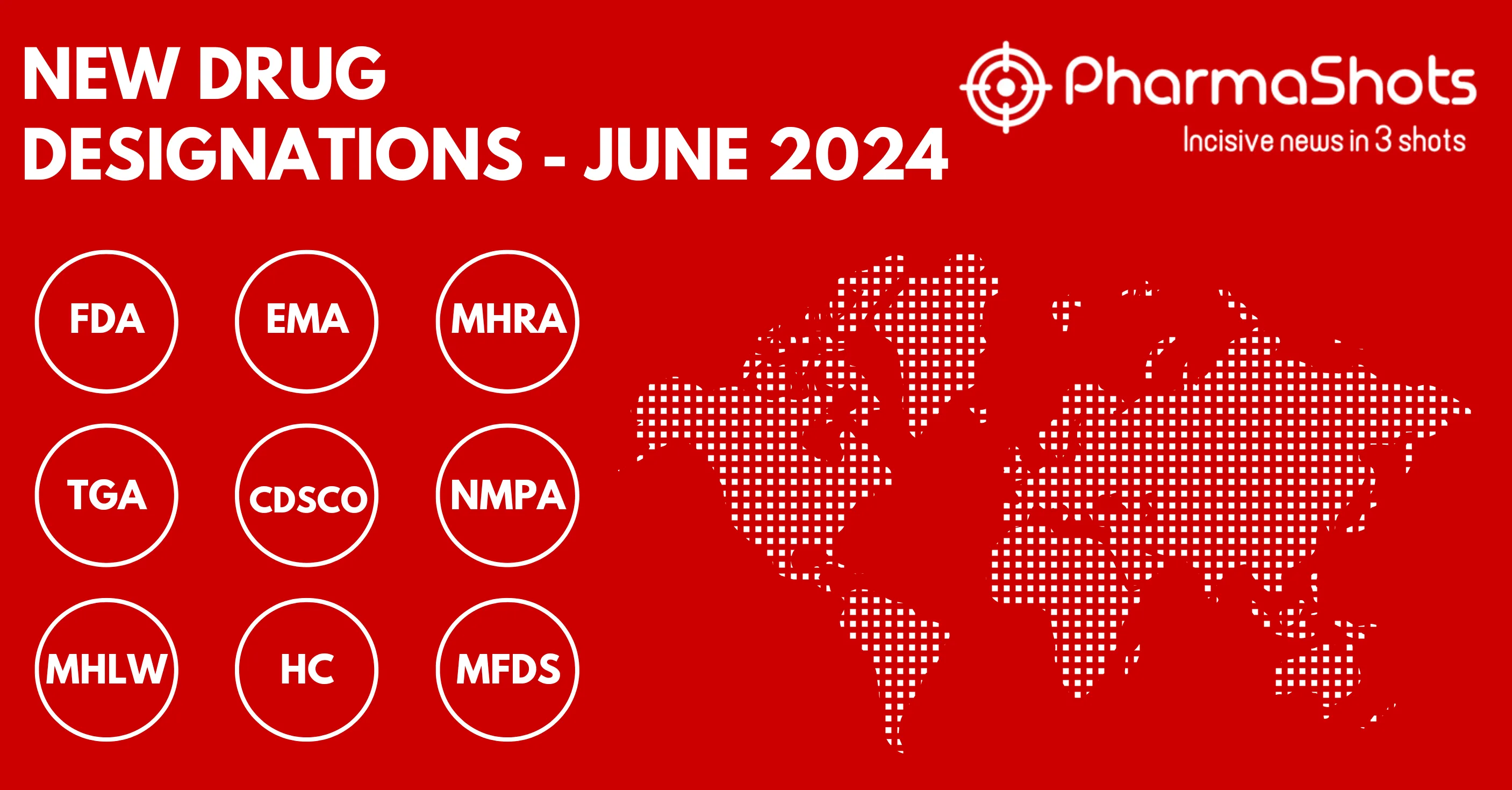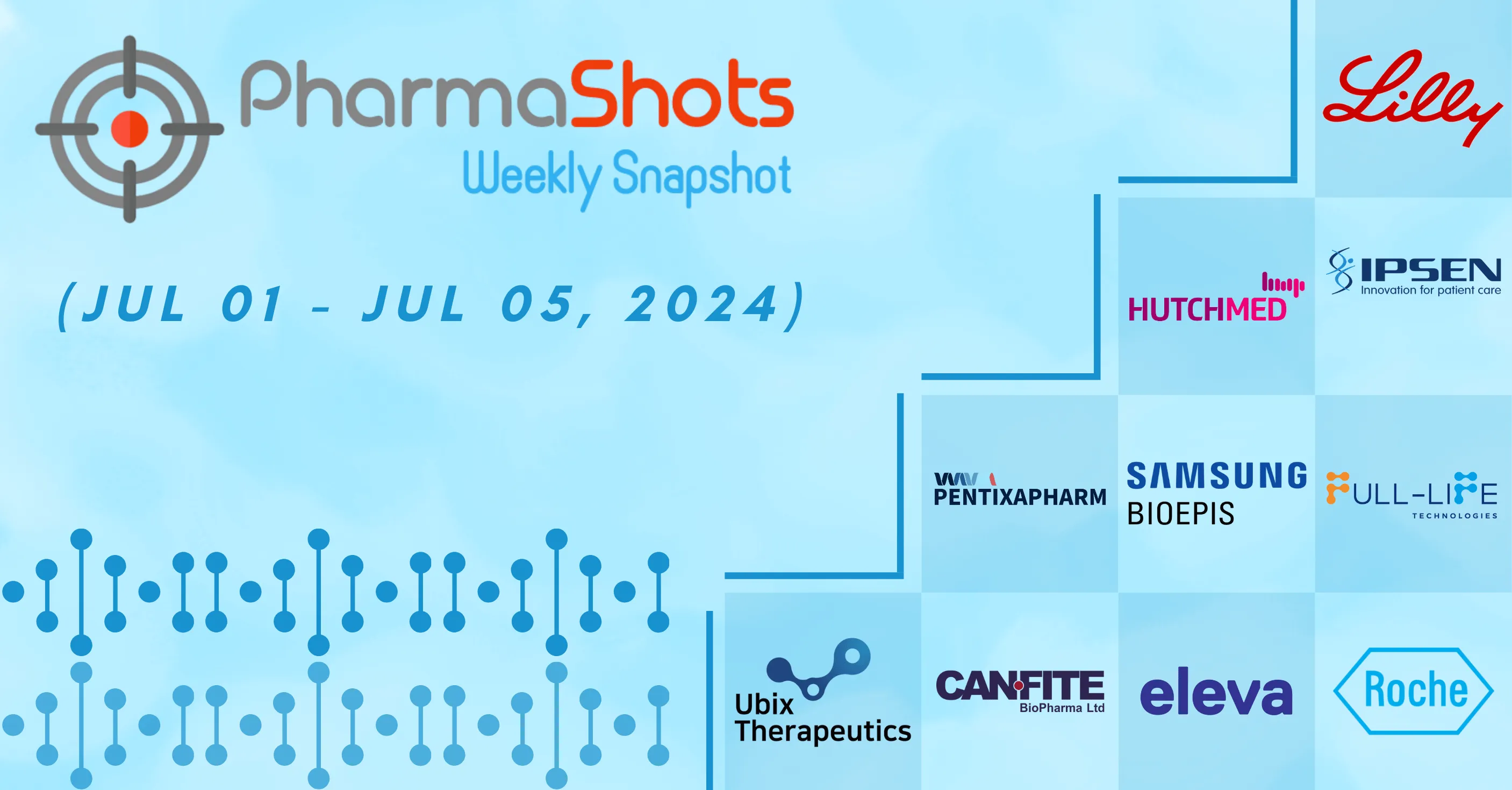
SpringWorks Enters into an Exclusive WW License Agreement with Academic Institutions to Advance Portfolio of Mutation-Selective EGFR Inhibitors
Shots:
- Dana-Farber to receive up front & will be eligible to receive development and commercial milestones along with royalties on product sales
- SpringWorks has also entered into an SRA with Stanford Medicine & Dana-Farber Cancer Institute for a portfolio of novel small molecule inhibitors of EGFR to treat EGFR-mutant lung cancers & helps to support the lead optimization campaign and translational biology efforts
- The portfolio is designed to address de novo oncogenic drivers & emerging resistance mutations to EGFR inhibitors including multiple differentiated chemical series for targeting mutant EGFR and is currently in lead optimization & targets the C797S resistance mutation
| Ref: SpringWorks | Image: Businesswire
Click here to read the full press release

This content piece was prepared by our former Senior Editor. She had expertise in life science research and was an avid reader. For any query reach out to us at connect@pharmashots.com




